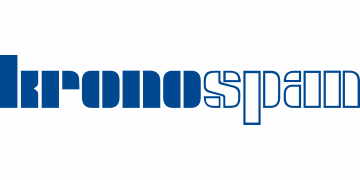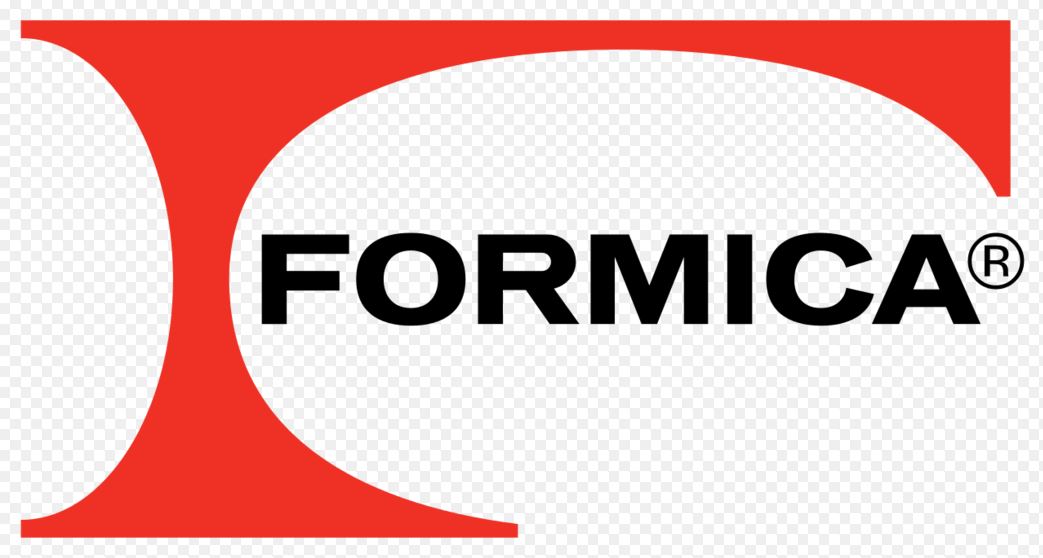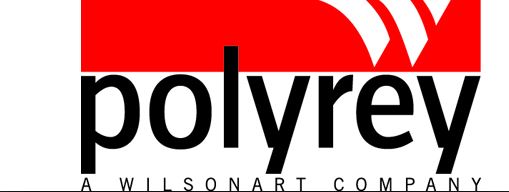Laminate Sheets (HPL) Explained
HPL is produced by saturating multiple layers of kraft paper with phenolic resin. A layer of printed
décor paper is placed on top of the kraft paper before pressing. The resulting sandwich is fused
together under heat and pressure . Because phenolic and melamine resins are
thermoset plastics, the curing process transforms the resin into plastic by a cross linking process
that converts the paper sheets into a single, rigid laminated sheet. High pressure Laminates are
considered to be the most durable decorative surface materials and are available with special performance
properties including chemical, fire and wear resistant. Laminated surfaces are used very widely in
furniture industry, commercial sector and cubicle systems. Laminates allow freedom to be used on majority types
of boards and various choice of thicknesses.
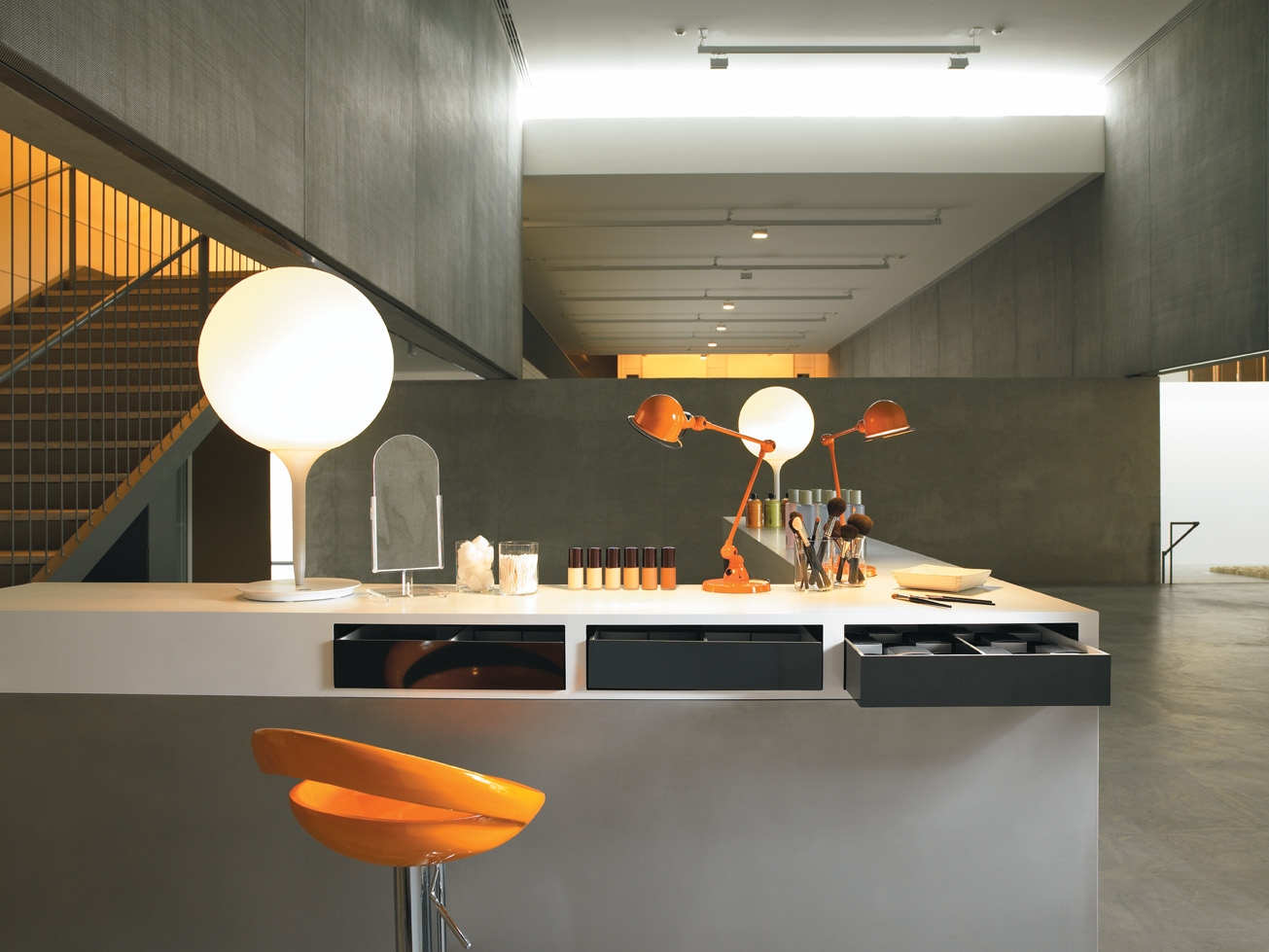
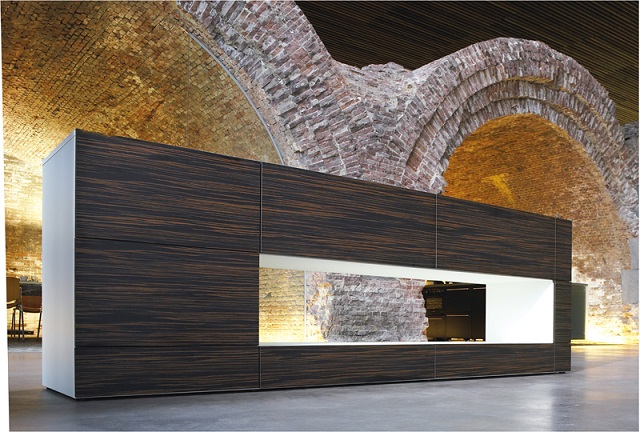
What Can We Laminate?
Here at CBJ Ltd we offer press laminating service for majority types of Boards. Weather it's MDF, Chipboard or Plywood. If you require more specific thickness which is not available from available stock, we can sandwich 2, 3 or more boards together to achieve required thicknesses. The maximum board size we can press is 1220x3050mm while most standard Laminate sheets come in 1250x3070mm. If you have a special project where Exposed Lipped Edges are required please feel free to Contact Us directly with your project requirements.
We supply laminates form all major manufacturers such as Formica, Polyrey, Egger, KronoSpan, Rehau and many more.
How We Do It?
We process each job based on the project requirements. If full board pressing is required, all boards are calibrated to eliminate surface imperfections as well as unequal thickness to prevent press damaging the board surface. Small parts which require edging, prior to pressing each part will undergo edge banding process and all parts will be calibrated using Wide Belt sander to achieve perfectly smooth and flat finish. Once boards are perfectly flat, we begin the laminating/bonding process using our press.
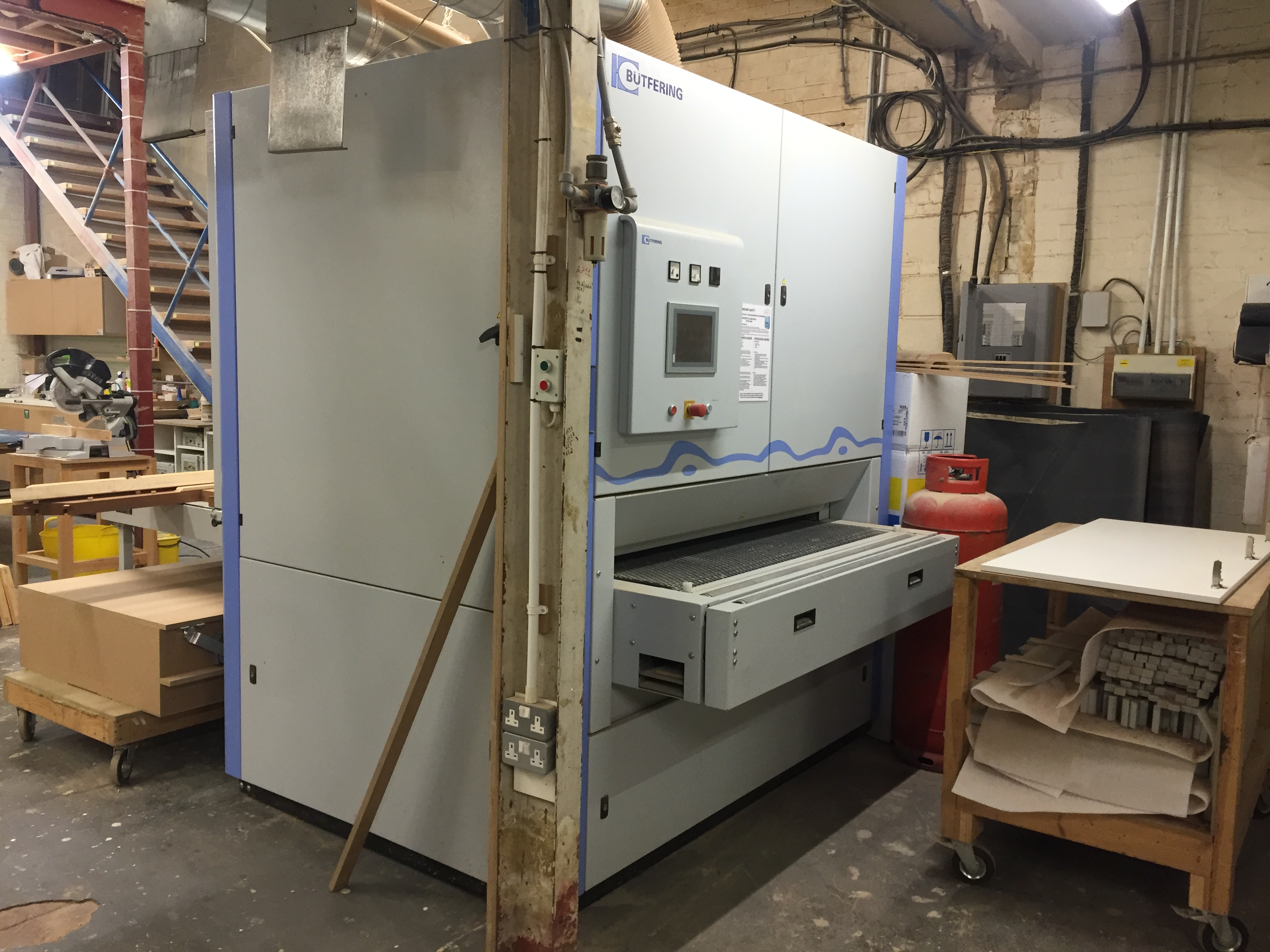
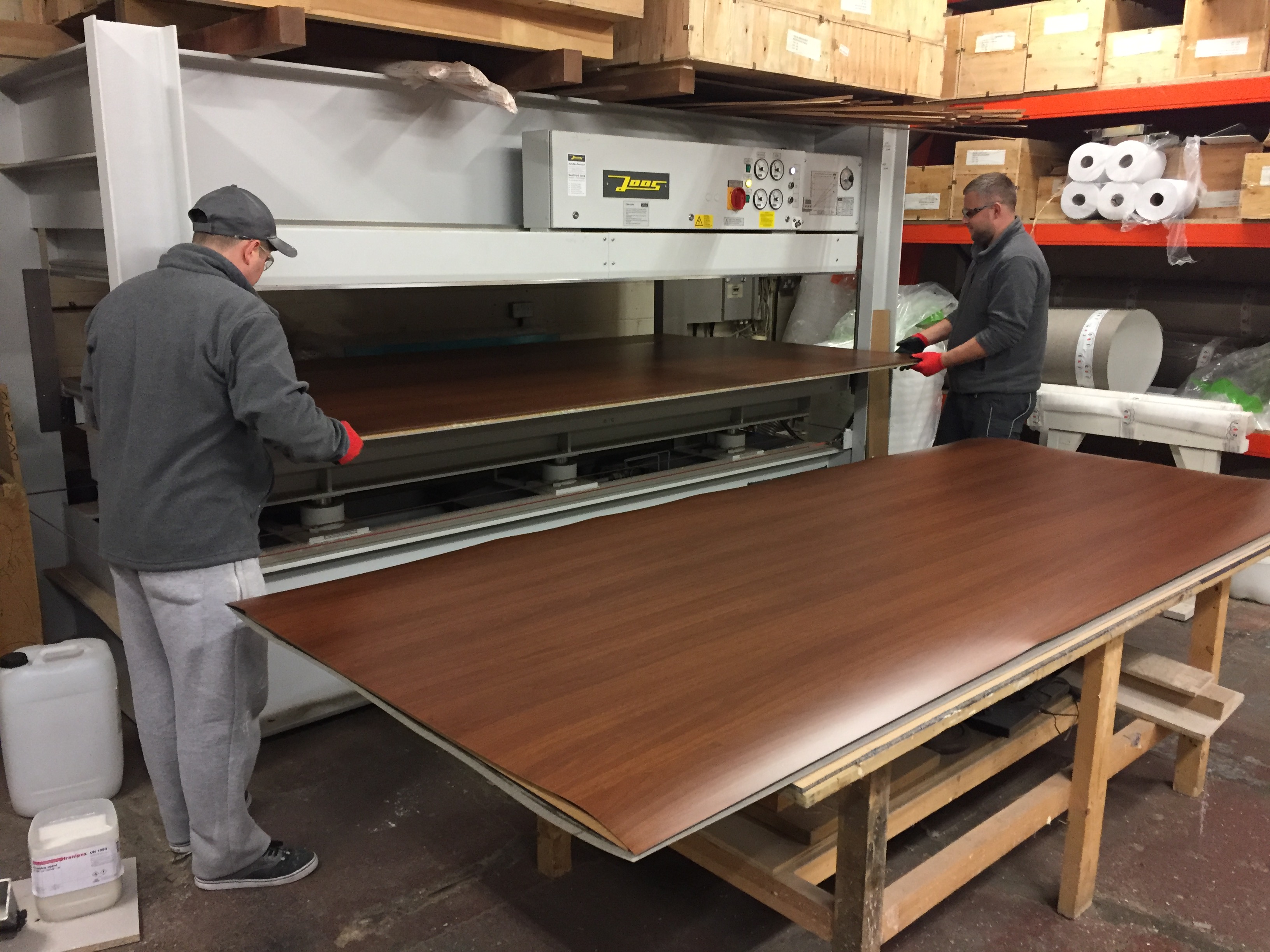
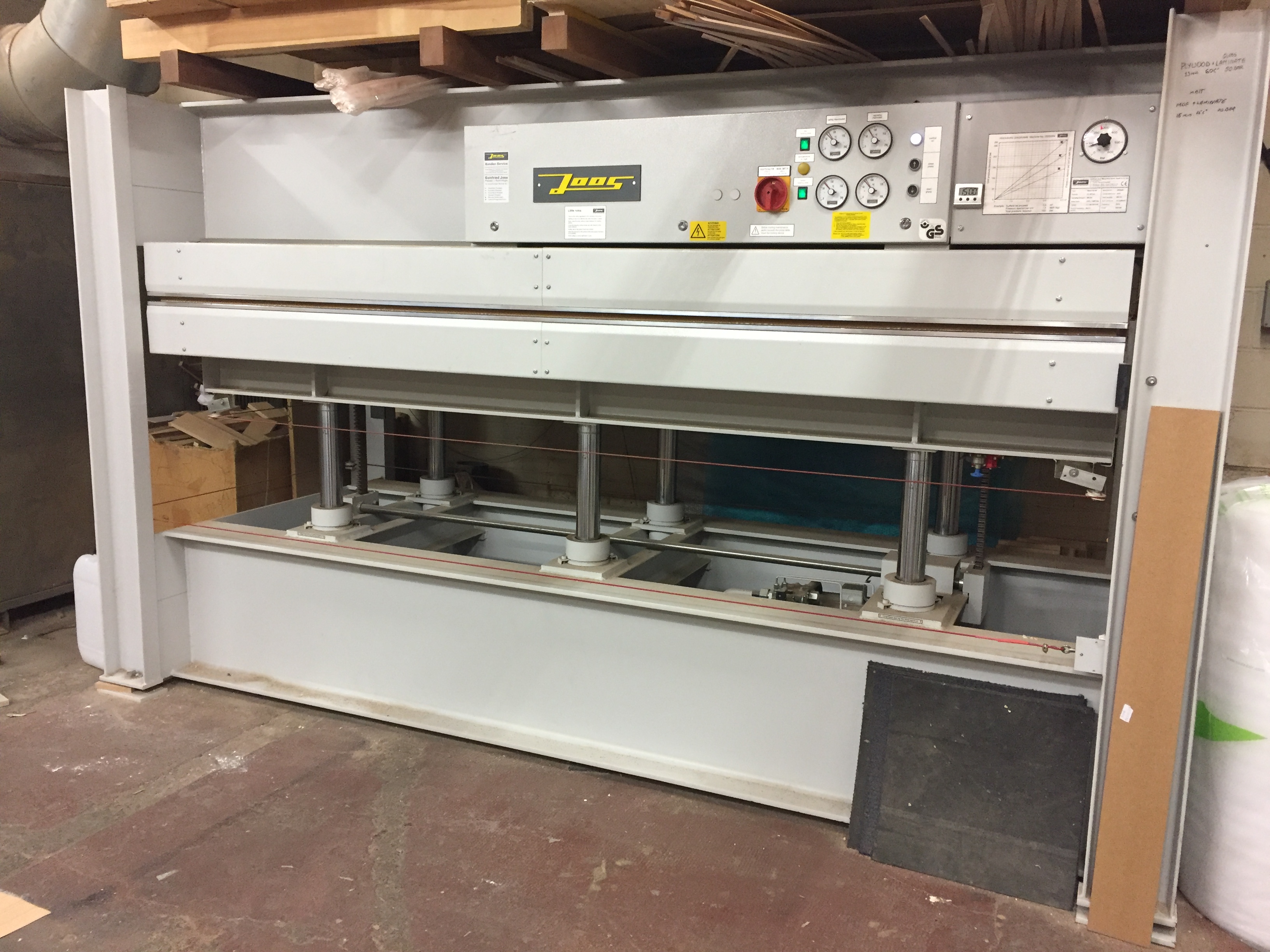
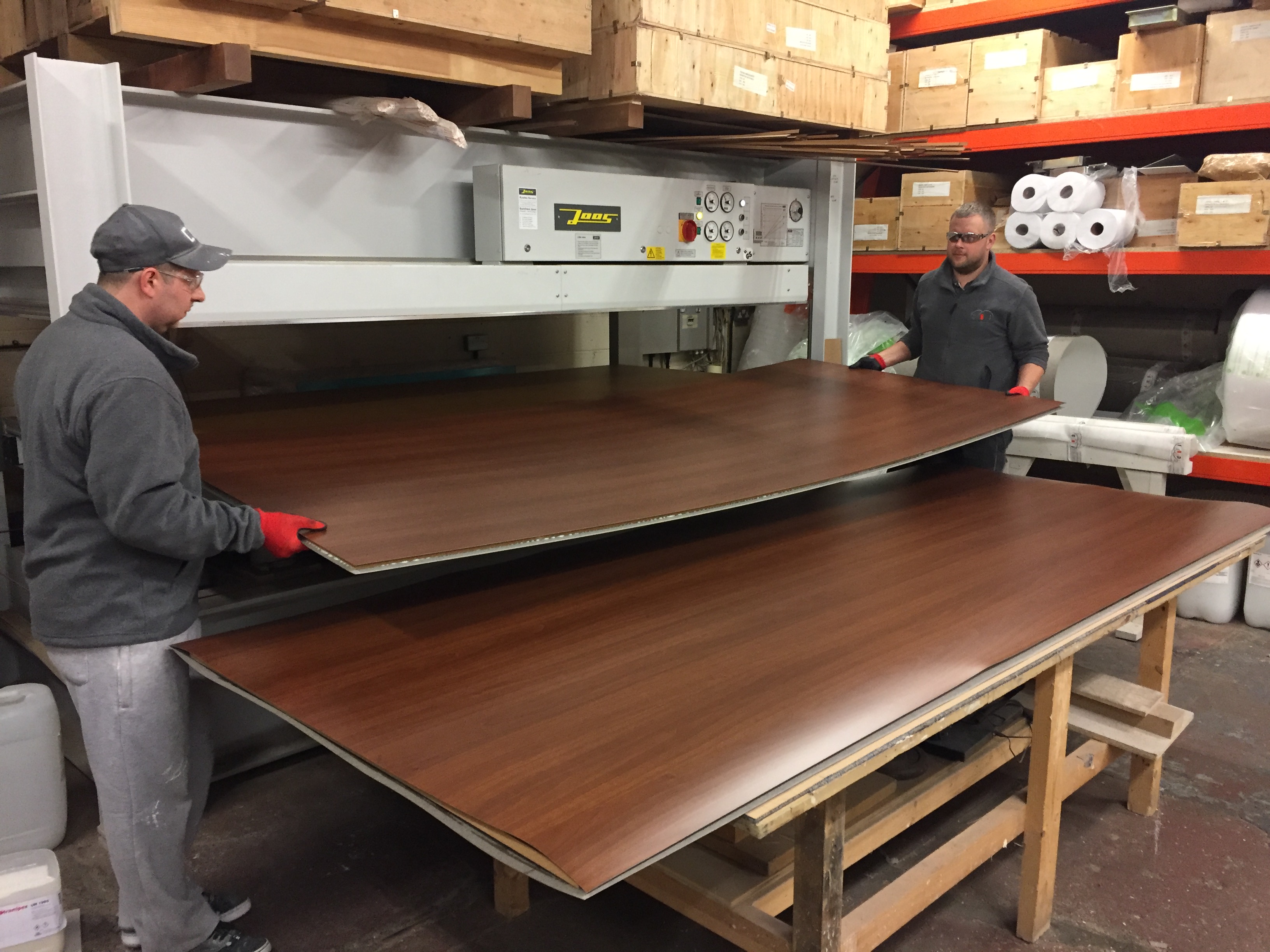
Pressing Options
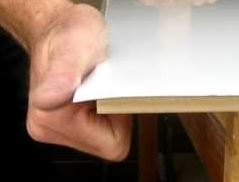
Exposed core material: Laminate 0.8mm thick shows black lines. In some cases MDF as core material is being clear lacquer coated on the edges and creates part of design feature.
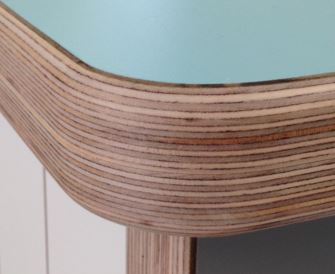
Birch ply is being laminated for the purpose of seeing exposed multi-layer plywood edge. Edges can be rounded and clear lacquer finished. Very popular feature in many design projects.
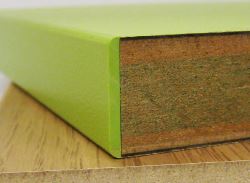
ABS Edging: MDF or Chipboard as core material exposed edges are being finished using Matching ABS Edging. This is the most common method for laminated boards.
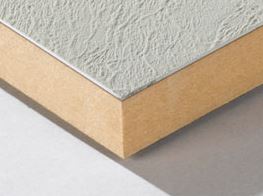
Exposed Wooden Edge: This is being achieved by cutting all parts either Chipboard or MDF as core material and edge banding using solid wood. In this case Laminates are applied to individual parts. Clear lacquer can be applied to seal exposed wood edges.
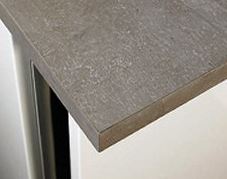
Laminated Edges: Laminate pressed to MDF or Chipboard Core material and cut parts to size. Strips cut from same the laminate material and applied to all exposed edges. This option is most popular in commercial sector where hard wearing and durable surfaces are required.
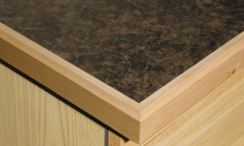
Solid Wood Edging: Core material MDF or Chipboard. Parts are cut and solid lipping is applied to all required edges. Clear lacquer can be applied to seal the wood. This option is popular commercial sector as well as domestic as kitchen worktops. Very durable surface with decorative wood edges.


